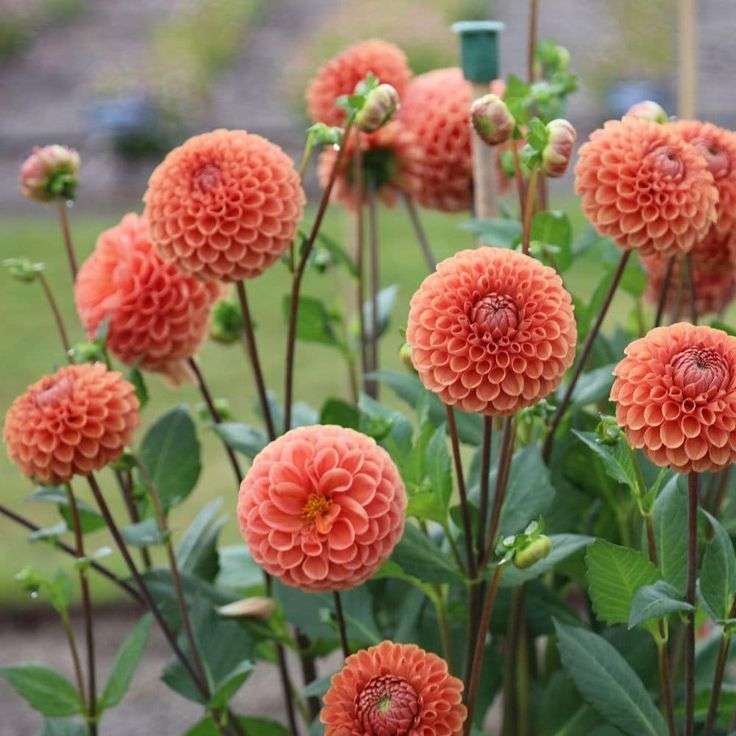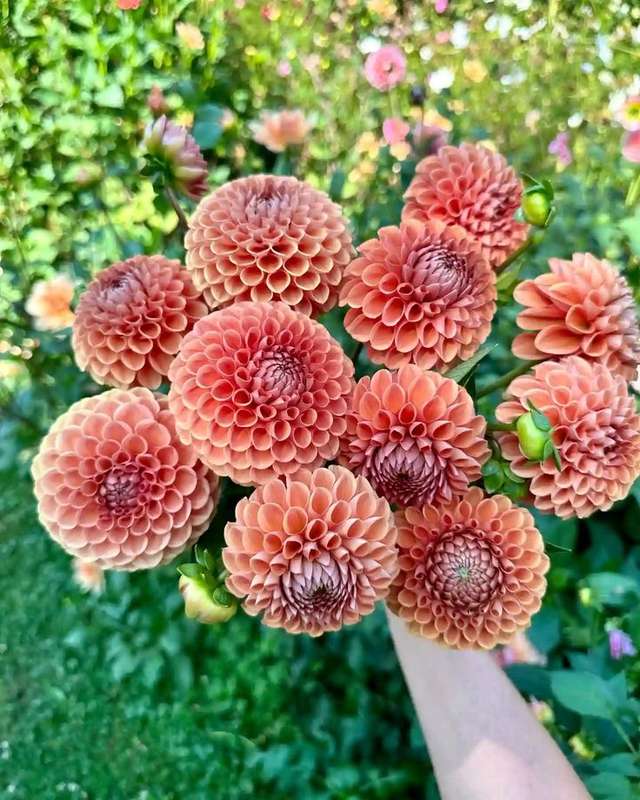





Dahlia - Cornel Bronze
Check my rate
| Main centres: | 1-3 business days |
| Regional areas: | 3-4 business days |
| Remote areas: | 3-5 business days |






| Main centres: | 1-3 business days |
| Regional areas: | 3-4 business days |
| Remote areas: | 3-5 business days |
If you're after warm, earthy tones in your garden or bouquets, Cornel Bronze is a must-have! This ball-type dahlia is known for its coppery, burnt-orange blooms that add depth and richness to any flower patch. With strong stems, a compact shape, and a reputation for reblooming all season, it's no surprise this one is a florist favourite.
Whether you're growing for cut flowers or simply to enjoy in the garden, Cornel Bronze is a reliable and rewarding performer from summer right through to the first frost.
Plant your tubers in spring, after the last frost has passed and the soil has warmed to around 15°C — typically from September onwards in most parts of South Africa.
Tuber Count: 1 (with at least one growing eye guaranteed)
Height: Grows up to 120 cm
Spacing: Leave 45 cm between plants
Sunlight: Needs full sun for best blooms
Blooming Season: From mid to late summer until the first frost
Staking: Yes — tall stems benefit from support
Choose a sunny, well-drained spot or a large pot with good drainage holes.
Loosen the soil to at least 30 cm deep and enrich it with compost and an all-purpose granular fertiliser.
Dig a hole and place the tuber eye-side up. The top of the tuber should be around 8 cm below the soil surface.
Fill the hole, firm the soil gently, and give it a good watering to settle it in.
Tip: Avoid soggy soil, especially at the early stage, as it can cause tubers to rot.
Watering: After your first deep watering, hold back until you see green shoots. Then water deeply once or twice a week, making sure the top few centimetres of soil dry out in between.
Feeding: Use an organic water-soluble fertiliser every 3—4 weeks until March. After that, stop feeding to help prepare the tubers for winter.
Deadheading: Remove faded flowers regularly to keep the plant blooming and looking neat.
Cut Flowers: Don't hesitate to harvest! Cutting long stems encourages branching and more flowers.
Keep Leaves Dry: Try to water at the base, not over the leaves, to help prevent disease.
Don't overwater at the start — the tubers only need a good drink at planting time. Wait for those first green shoots before watering again.
If you'd like to keep your plants for future seasons, it's best to care for your tubers and lift or divide them over time. Dahlias don't grow true from seed, so tubers are the way to go.
Florists love this one — and for good reason. Its warm tones mix beautifully with blush, burgundy, and ivory flowers.
In most areas, you can leave your dahlia tubers in the ground over winter. They'll rest through the colder months and sprout again in spring. If you're in a very cold or soggy area, you might prefer to lift them and store in a cool, dry, dark place.
No stress! Store your tuber somewhere cool, dry, and out of direct light until planting time arrives.